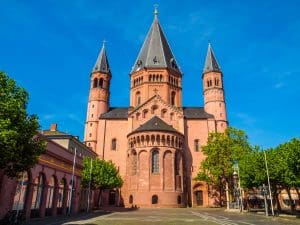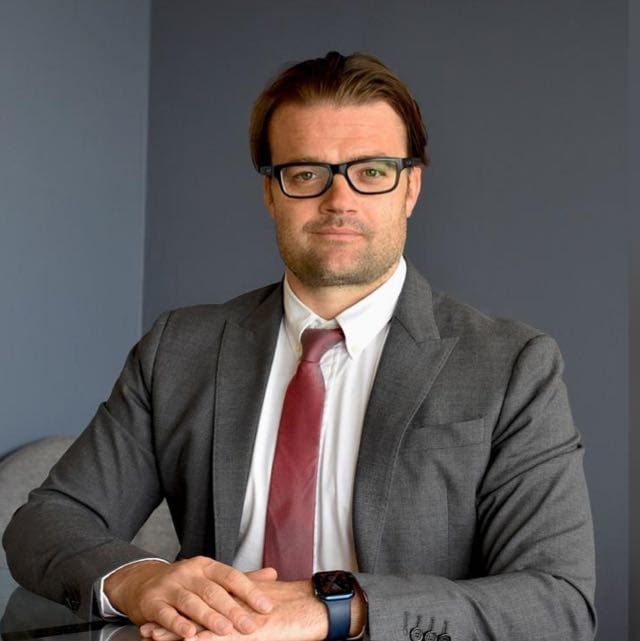Obtaining German Citizenship for Jews of Mainz
The city of Mainz, also known by its German-Yiddish name, Magenza, was among the earliest European cities where Jews thrived not only materially but alsoreligiously. The city’s yeshiva, bearing the name Magenza, was one of the few yeshivas that competed with the leading Babylonian Pumbedita and Sura academies. Descendants of Mainz Jews and German Jews are among the hundreds of thousands of descendants eligible to receive German citizenship.
German citizenship is considered highly desirable worldwide, granting its holders the right to seek employment, education, and residence in all European Union countries, such as the Netherlands, Italy, Sweden, Ireland, and more. We recommend reading further in our article to explore the additional advantages associated with German citizenship.
How long has the Jewish community thrived in Germany?
The Jewish community in Germany has a history spanning over a thousand years and is one of the three ancient communities in the Ashkenazi region, along with Worms and Speyer. The exact origins of this community are unclear, but evidence related to it began to surface in the 10th century. The golden era of the community occurred when Rabbi Gershom, who educated renowned students including Rabbi Solomon Yitzhaki, who presided over the city’s yeshiva, testifying, “All my colleagues from the Ashkenazi diaspora are his students.”

What were the historical connections between the Jewish communities of Mainz, Worms, and Speyer?
As mentioned, the Jewish communities of Mainz, Worms, and Speyer were collectively known as “ShUM communities.” These communities competed with the academies in Babylon and Spain in terms of scholarship and knowledge. In the 11th century, the rabbis of Mainz issued independent halakhic rulings that influenced the customs of Ashkenaz. Gatherings were held in Mainz, and regulations were established not only for the Ashkenazi region but also for England and Central Europe.
How did the Mainz Jewish community face challenges during the First Crusade in 1096?
The thriving Jewish community of Mainz, poised for success in the diaspora, faced a swift decline following the events of the First Crusade in 1096. The city lost its spiritual significance among Jews after severe disturbances. During the summer of that year, crusaders, accompanied by many local zealots, killed numerous Jews using clubs, knives, and whatever weapons they could find, including the Ashkenazi community elders.
Surprisingly, most Jewish men chose to fight back against the angry mob, knowing they might be killed in the process. After the mob had slaughtered everyone, including those who had fled to neighboring towns, they turned their violence towards the women and children. However, the story took a completely unexpected turn. When the mob reached Jewish households, terrified mothers decided to take their precious possessions and coins and throw them out of the windows to distract the attackers, delaying them. During this time, one by one, the mothers killed their children and finally themselves.
These stories have been passed down through generations of the Jewish community and continue to be recounted today. Tales of courage by various rabbis have been documented, including the well-known legend attributed to Rabbi Abraham of Mainz. The story begins with a gathering of Christian community leaders who demanded that he convert to Christianity, with the local bishop present to ensure his compliance. To avoid refusal and potential harm, Rabbi Amnon responded that he needed three days to contemplate the demand, subtly implying a potential willingness to convert. After three days, Rabbi Amnon did not appear at the cathedral, infuriating the bishop, who ordered him to be forcibly brought.
When Rabbi Amnon was brought to the cathedral, he realized the gravity of his mistake and suggested that his tongue be cut out since he had not refused immediately. The bishop agreed to this cruel punishment, and they proceeded to cut off his tongue and hands, which they then salted. This horrifying event is believed to have occurred during the transition between the 11th and 12th centuries.
What were the events and challenges faced by the Jewish community in Mainz from the 12th century to modern times?
In the centuries following the horrors of the First Crusade in 1096, the Jewish community in Mainz found itself repeatedly targeted by Christian zealots and anti-Semitic mobs. This pattern repeated during the Third Crusade at the end of the 12th century, leading to further disintegration of the community. Over the years, the community suffered the loss of many Torah scholars, and each act of violence further diminished Mainz’s significance in the eyes of the Jewish population. It became more of a symbol of nostalgia for a time when wise scholars engaged in Talmudic discourse.
In the 14th century, the infamous “Black Death” pogroms marked the end of a prolonged era of Jewish settlement. Throughout Western Europe, Jews were falsely accused of poisoning wells and conspiring secretly with the Church to harm Christians. The fact that many Jews themselves perished during these events did little to quell the growing hatred that had afflicted the Germans since their early interactions with the Church. These pogroms were the primary catalyst for the migration of Ashkenazi Jews, including those from Mainz, to Eastern Europe, particularly to Poland.
Throughout generations, Jews settled in the city only to be expelled repeatedly. However, the community never regained its former greatness, peaking in the 11th century when it was led by spiritual giants like Rabbi Gershom, Kalonymus the Elder, Maharil of Mainz, Rabbi Moses Cohen of Magenza, Rabbi Jacob ben Yakar, and many other eminent figures. These individuals were renowned for their contributions to Talmudic literature, rabbinic rulings, commentary, and poetic compositions.
The Renaissance period (16th century onwards) saw the return of Jews to Mainz, albeit in smaller numbers. The dispersion of Jewish communities was permitted throughout Germany during this time without restrictions. In the 19th century, with the advent of emancipation, the Mainz Jewish community splintered into Orthodox and Reform factions.
What opportunities did the German parliament’s decision in 2021 offer to descendants of former German citizens, particularly Holocaust survivors or their descendants?
Following the German parliament’s decision in 2021, millions of descendants of former German citizens, including Holocaust survivors or their descendants, have the opportunity to obtain German citizenship. This decision has far-reaching implications for individuals who can trace their roots to Germany. The office assists Jewish individuals and their descendants from around the world in submitting applications and advocating for German and Austrian citizenship. Our offices are located in Jerusalem and Tel Aviv.
Acknowledgments: Special thanks to Mr. Jonathan Gabrielov for his assistance in writing this article.
מאמרים מומלצים

